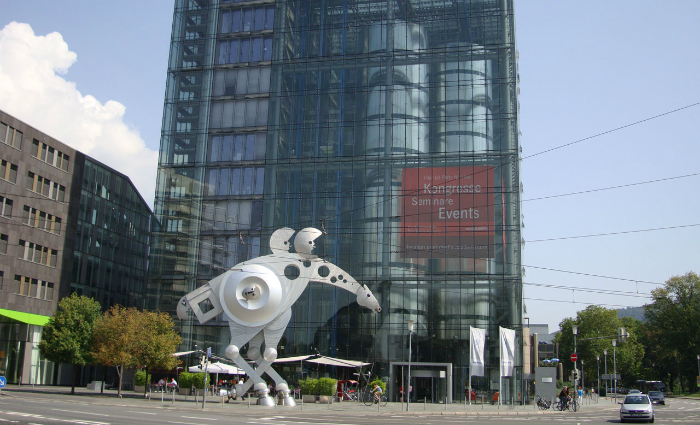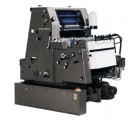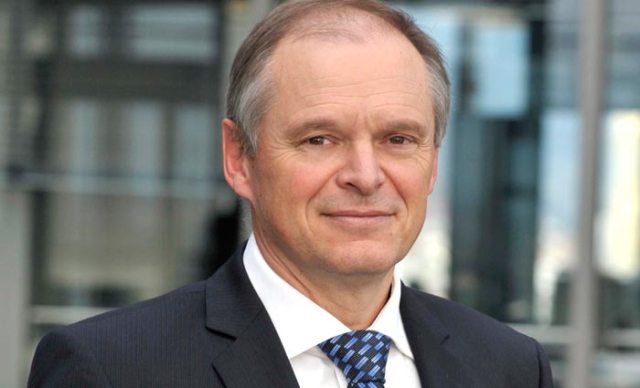
|
Heidelberg will leave the town that bears its name as part of its new restructuring plan, which the company says will deliver it an EBITDA of at least eight per cent by 2015-16. The 500 admin staff and the entire management board will relocate to the Weisloch/Welldorf factory some 20kms away, bringing to an end 120 years of business in the picturesque Rhine town, which has latterly been carried out in the company’s own 30 storey smoked glass centrpiece. Heidelberg has suffered humungous losses since the onset of the GFC six years ago, which were finally stemmed in the financial year that ended April 30, when it recorded a €4m profit on sales down by ten per cent to €2.43bn. |
Now the company says it is on track to deliver sustainable growth, it says the next step is to secure the Group's sustained profitability in the years ahead by expanding growth segments, implementing portfolio measures and introducing structural cost projects.
[Related: More Heidelberg news]
|
|
Heidelberg chief executive Gerold Linzbach says the company has reached a first important milestone in returning to profitability.
"We are now starting the next stage of the Group's reorganisation so as to achieve a sustained increase in corporate value," he says.
"This involves making acquisitions in growth segments, scaling down areas of business with weak margins, and cutting structural costs in order to further improve profitability."
Heidelberg is still the world’s biggest offset press manufacturer by some distance, a position it intends to keep, but it recognises that its growth prospects are to be found outside its core business, with digital, consumables and service the focus.
Heidelberg has just become the 100 per cent owner of label press manufacturer Gallus, with Gallus owner Ferdinand Rüesch becoming a new strategic anchor investor of Heidelberg by receiving around nine per cent of Heidelberg shares in return.
Gallus will release a digital label press at Labelexpo in September. Heidelberg has a co-development deal with Fujifilm which will see it develop a series of digital inkjet presses
Acquisition will form a key part of Heidelberg’s strategy – it has just bought a coatings business, which followed the buy of a couple of software developers last year.
[Related: More blue chip brand news]
Although factors such as exchange rate movements resulted in a decline in sales from the previous year's figure of €2.735bn to € 2.43bn (€ 2.536bn after adjustment for exchange rate movements) in reporting year 2013/2014, all result-related KPIs were far better than in the previous financial year.
For example, EBITDA excluding special items rose to €143m in the financial year just closed (previous year: €80m).
This led to an improvement in the EBITDA margin from about 3 per cent to approximately 6 per cent. Within twelve months, the result of operating activities (EBIT) excluding special items climbed from minus €3m in the previous year to €72m.
Special items in the reporting period amounted to minus €10m (previous year was minus €65m) and the financial result was minus €60m (previous year was €59m). This led to a net profit for the year of €4m compared to the previous year of minus €117m).
Comment below to have your say on this story.
If you have a news story or tip-off, get in touch at editorial@sprinter.com.au.
Sign up to the Sprinter newsletter



